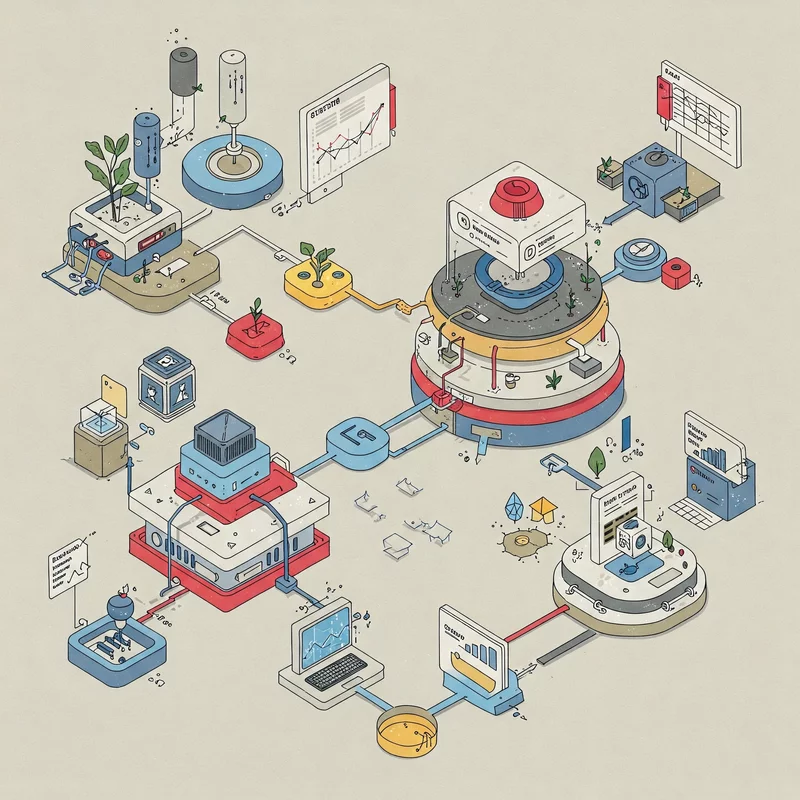Olgierd Mrozik
Ensure that uniform and up-to-date product information is presented across all channels (online store, mobile platform, B2B marketplace, PDF catalog, partner portal, etc.). Discrepancies in data (e.g., different specifications or prices on the website and in the price list sent to the distributor) undermine a company's credibility and can lead to lost sales. A business customer often checks an offer in multiple places - if he finds conflicting data, he loses trust.










